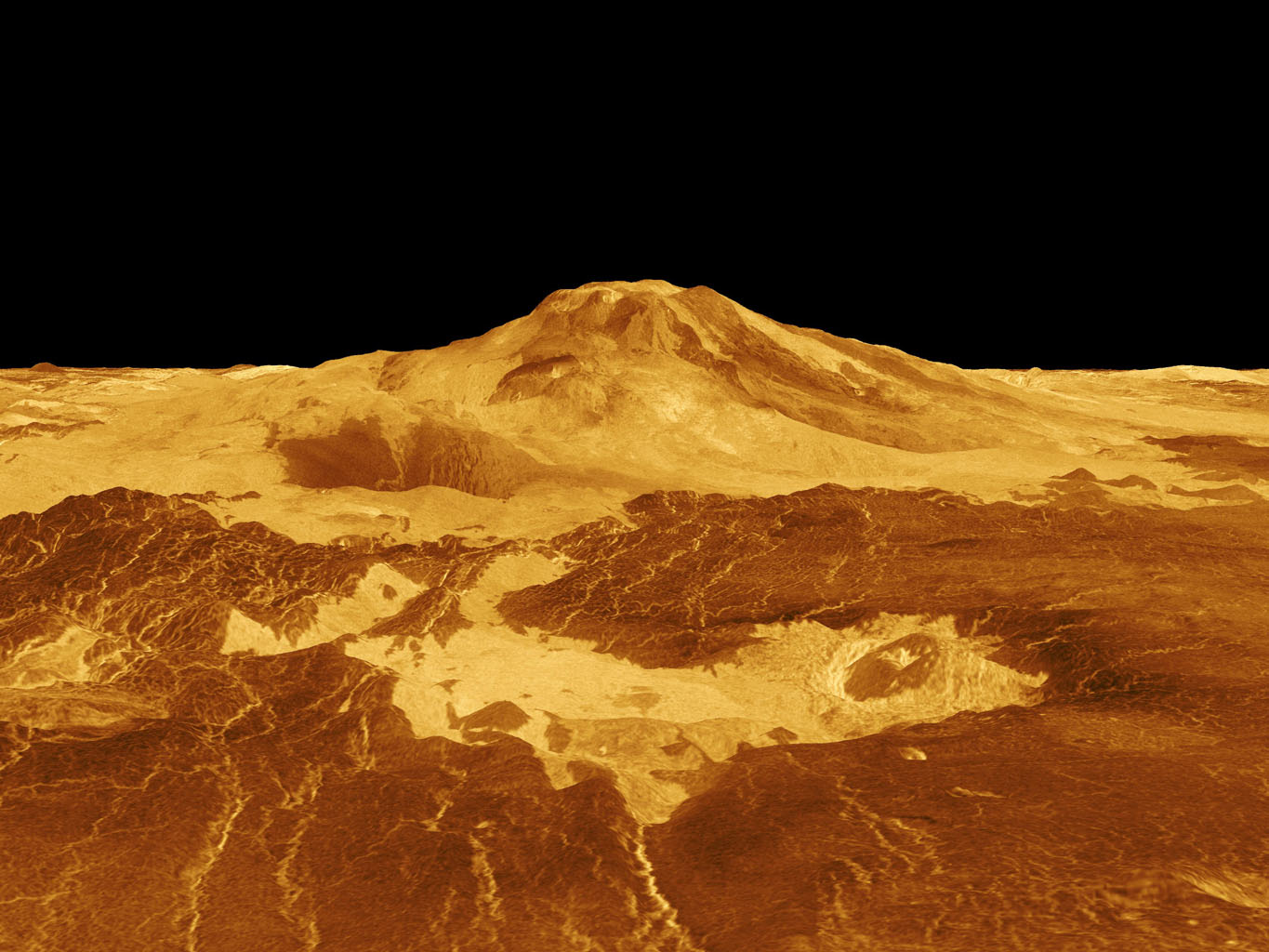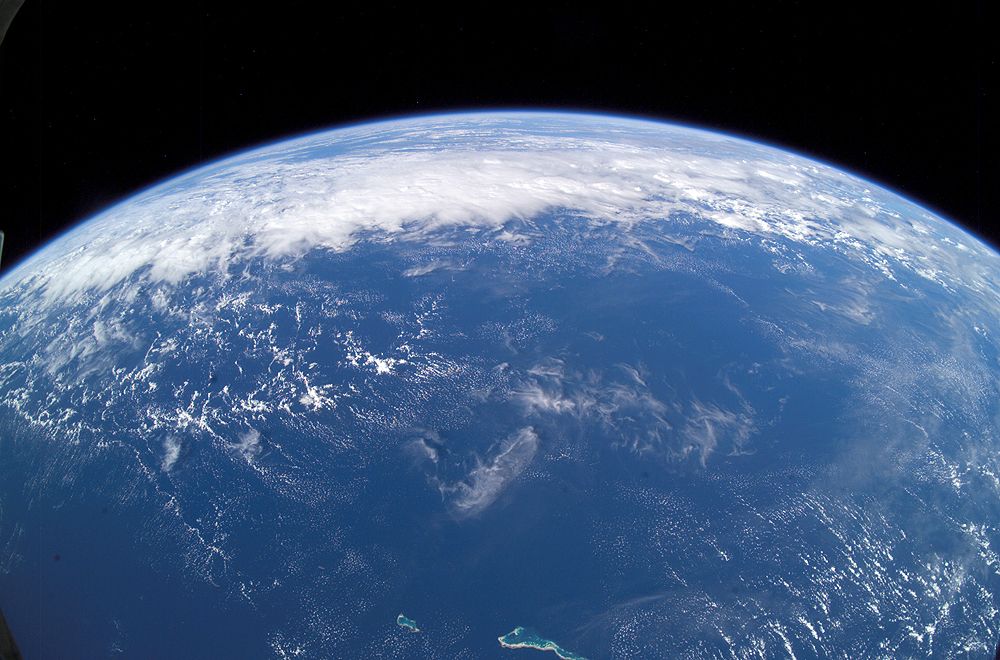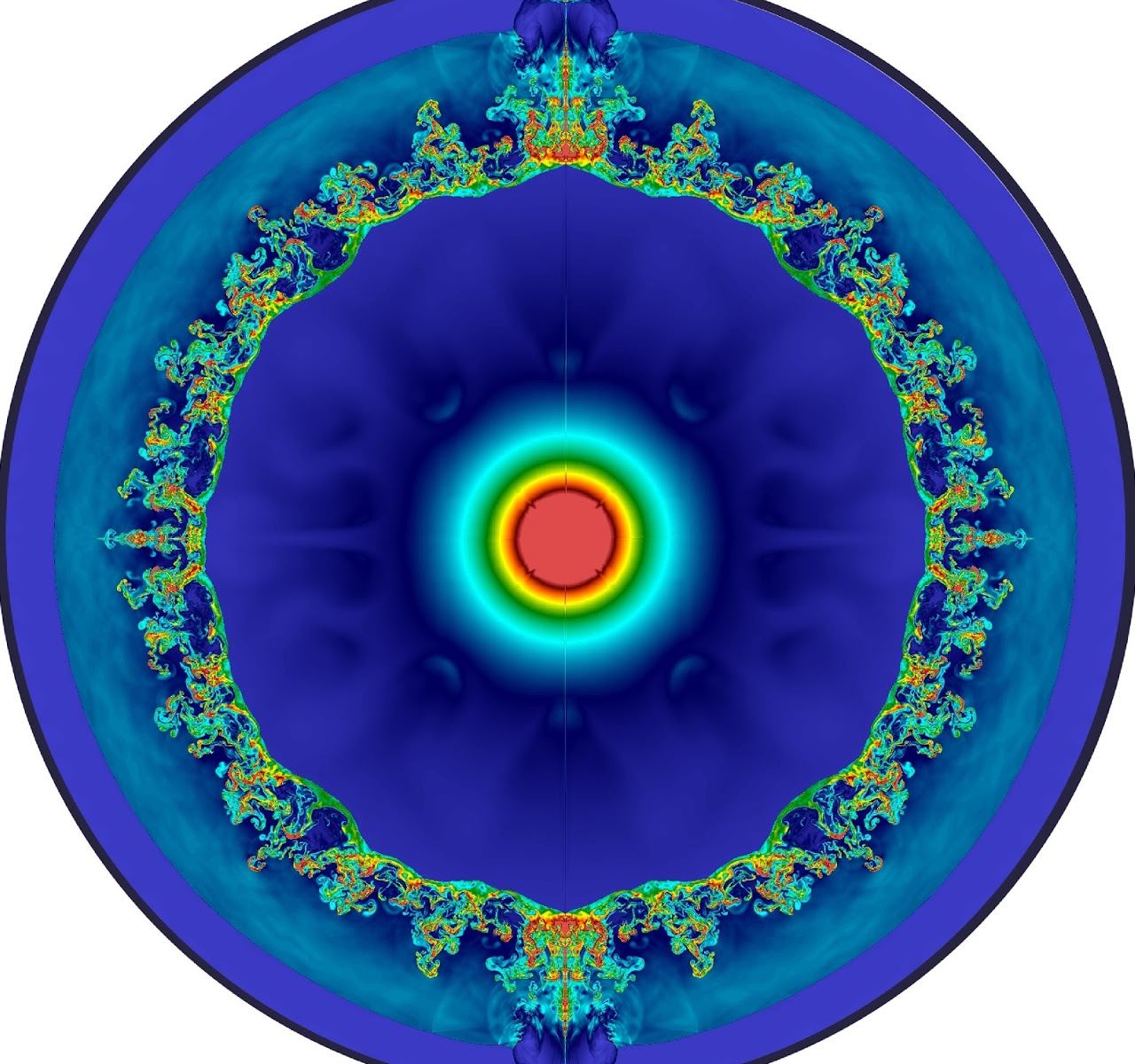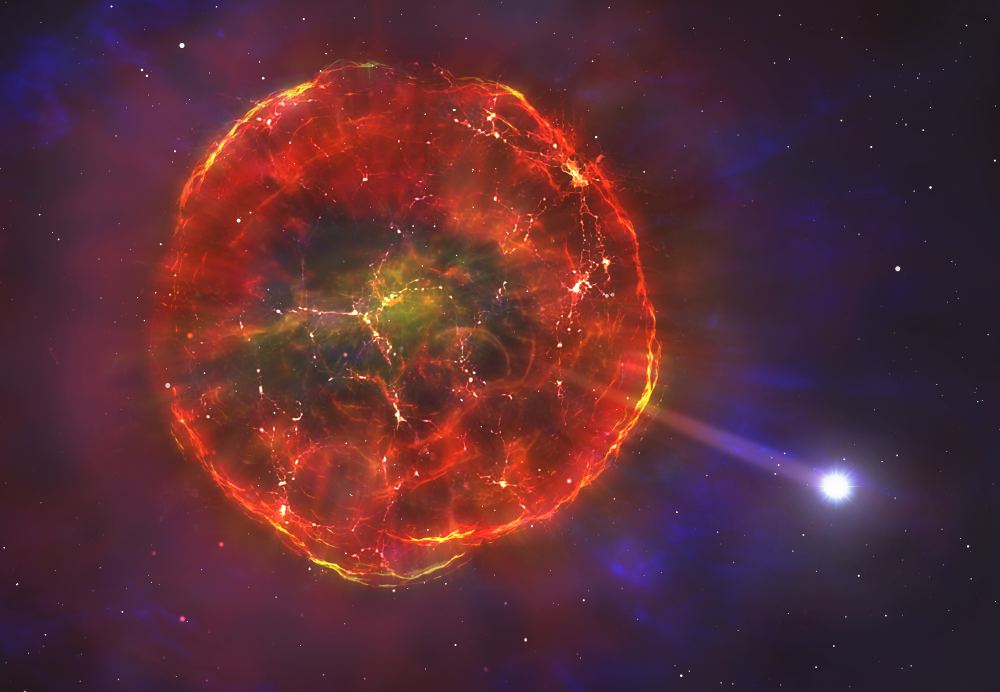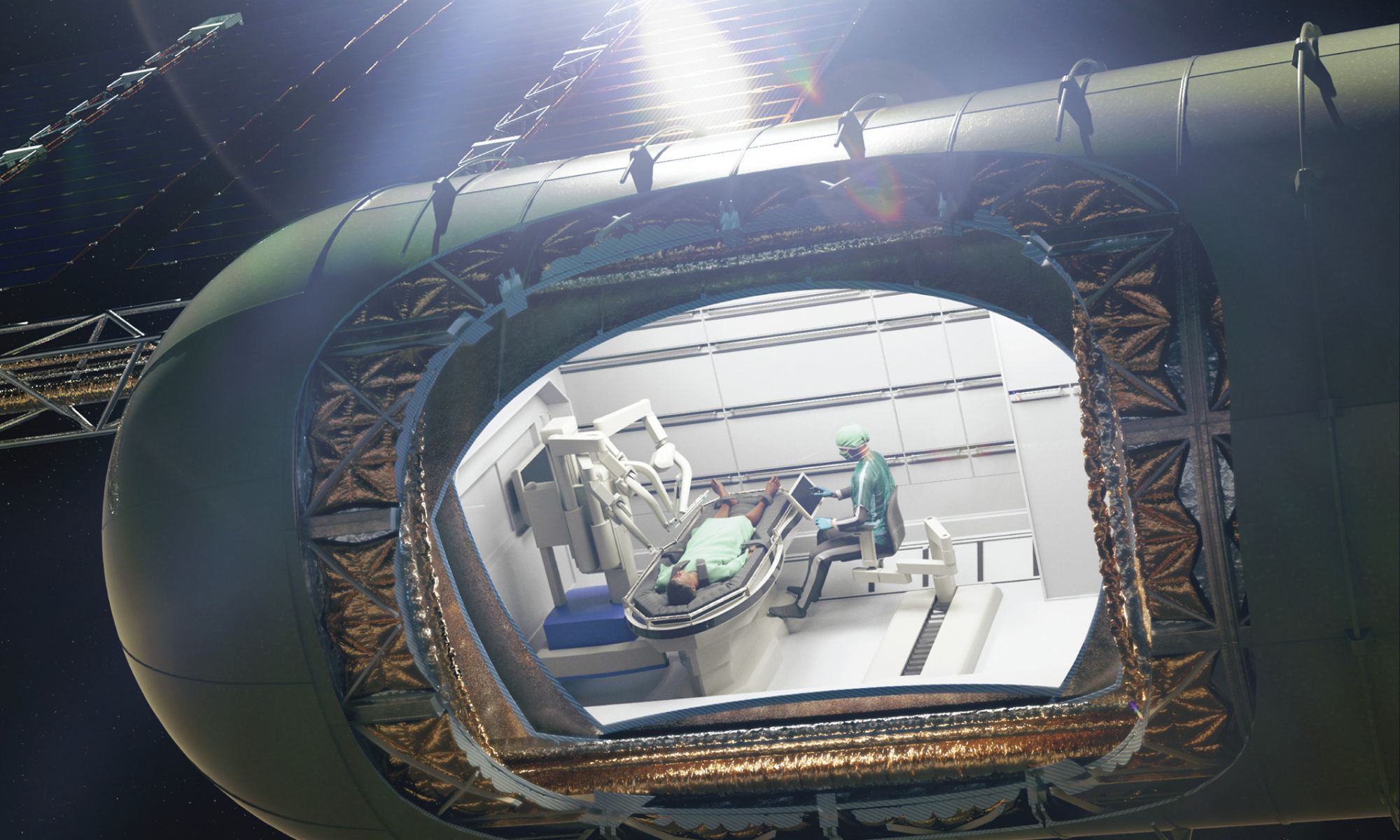We’ve detected thousands of exoplanets, but for the most part, nobody’s ever seen them. They’re really just data, and graphs of light curves. The exoplanet images you see here at Universe Today and other space websites are the creations of very skilled illustrators, equal parts data and creative license. But that’s starting to change.
The European Southern Observatory’s Very Large Telescope (VLT) has captured images of two exoplanets orbiting a young, Sun-like star.
Continue reading “Wow! An Actual Picture of Multiple Planets Orbiting a Sunlike Star”


